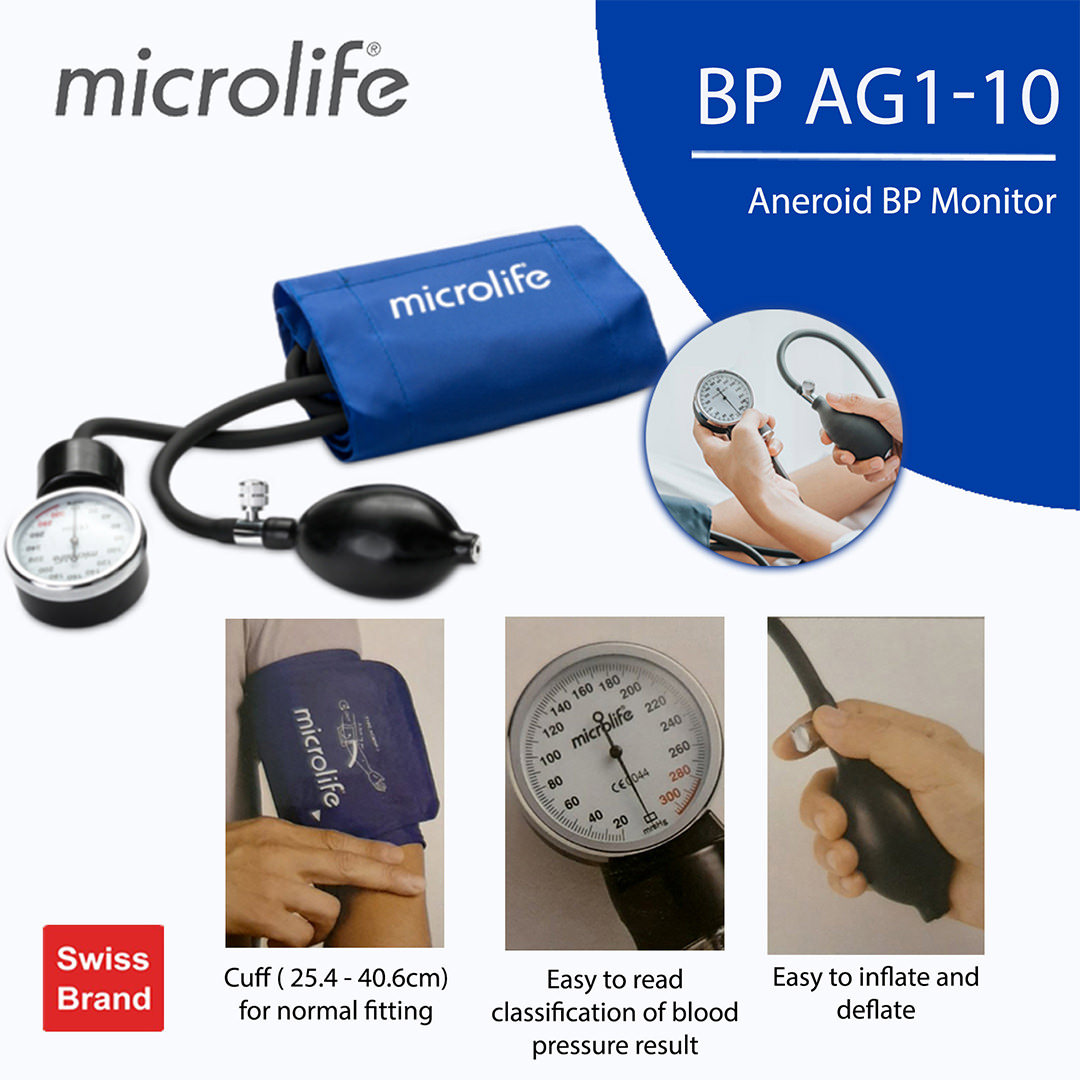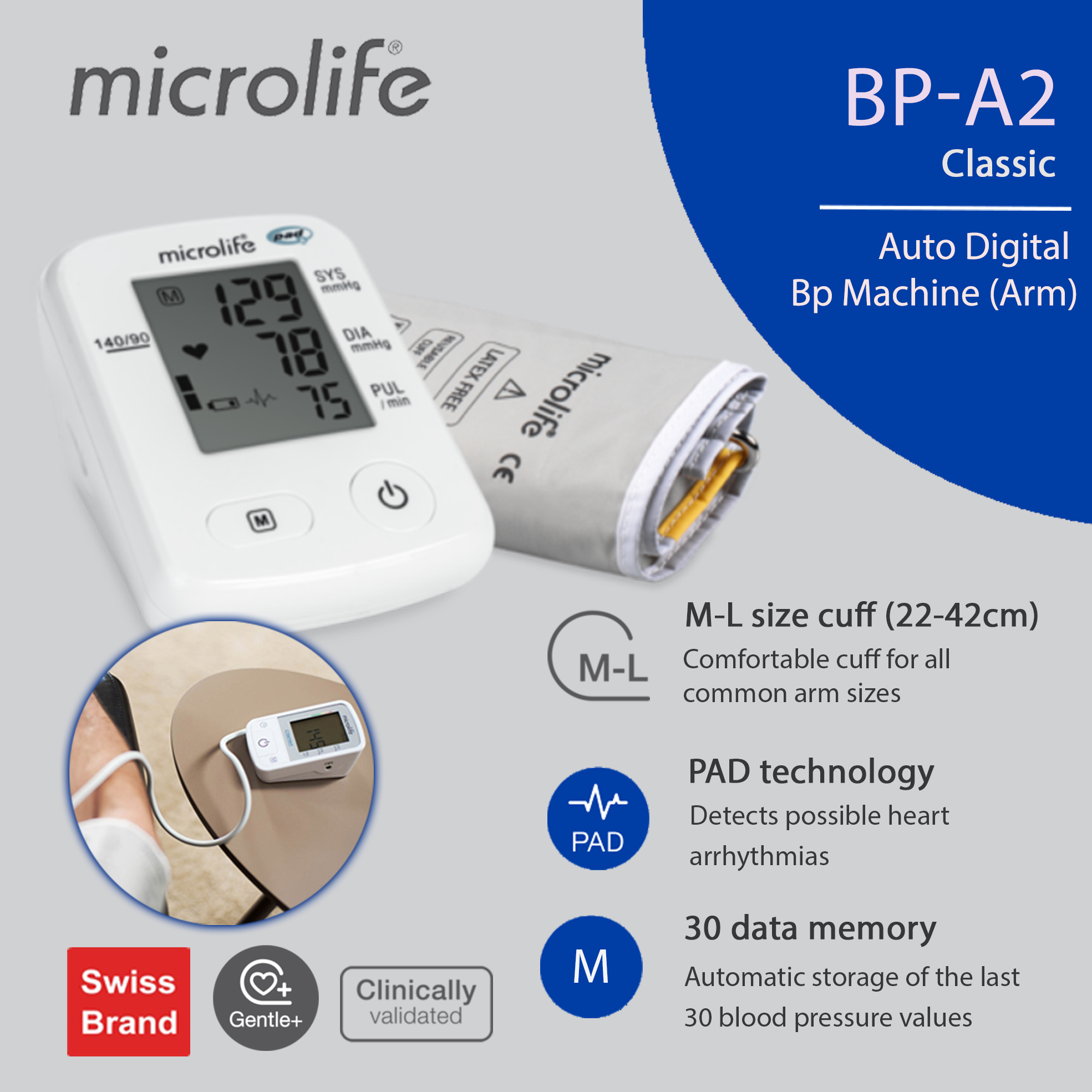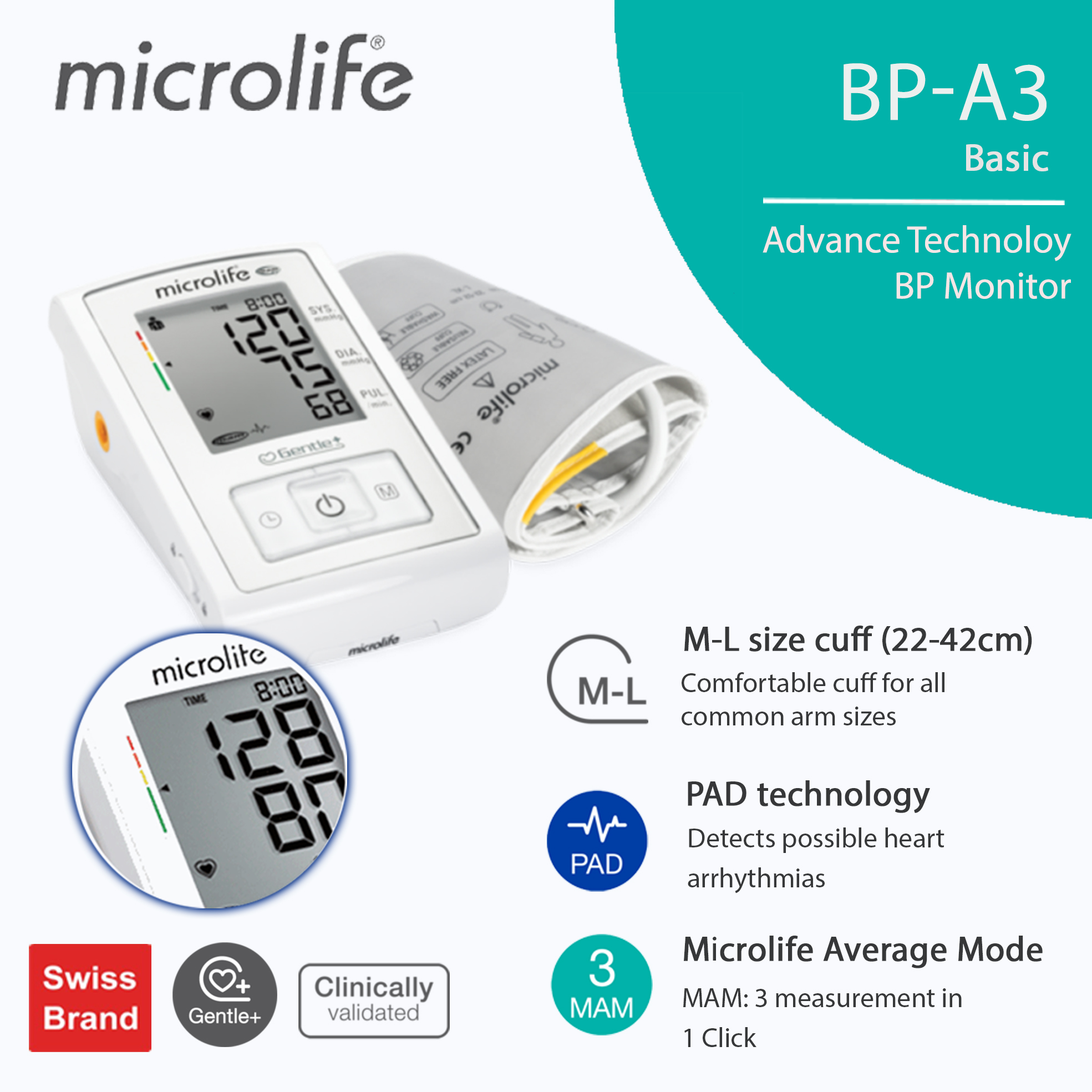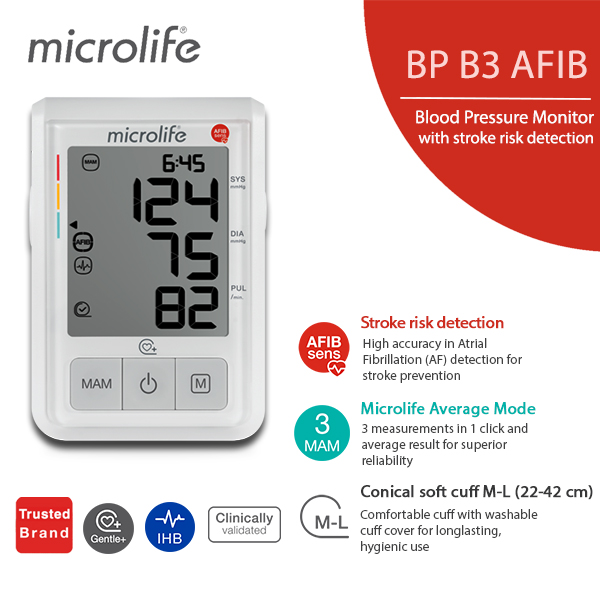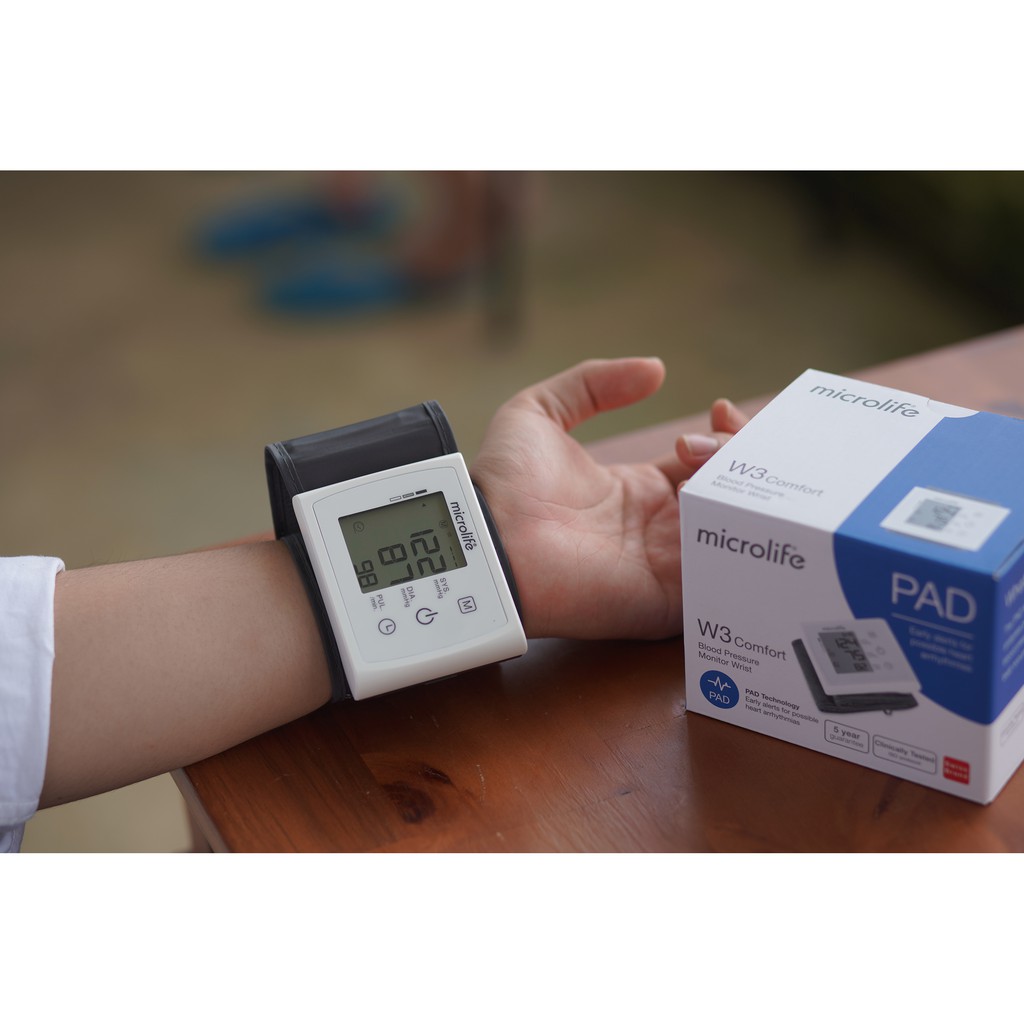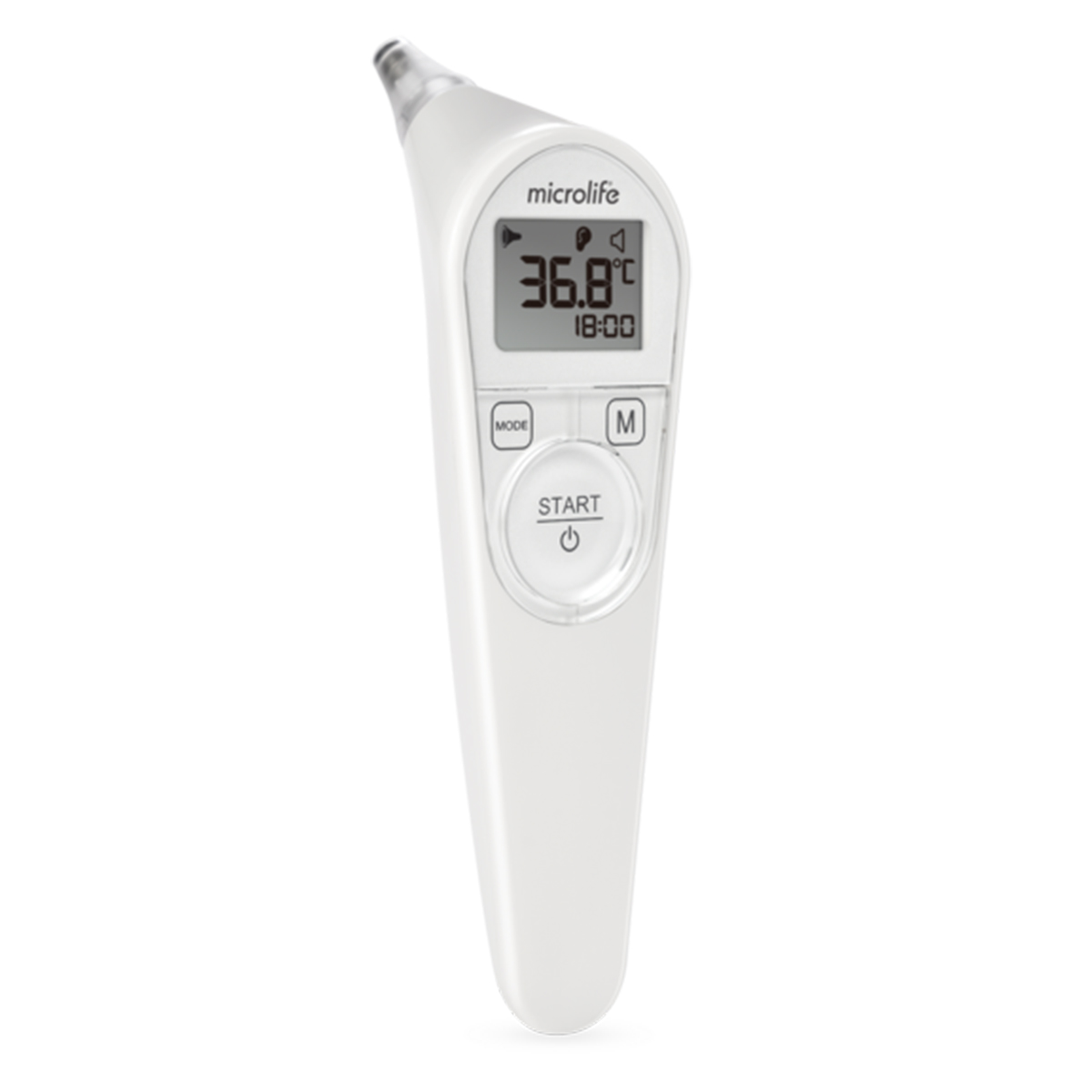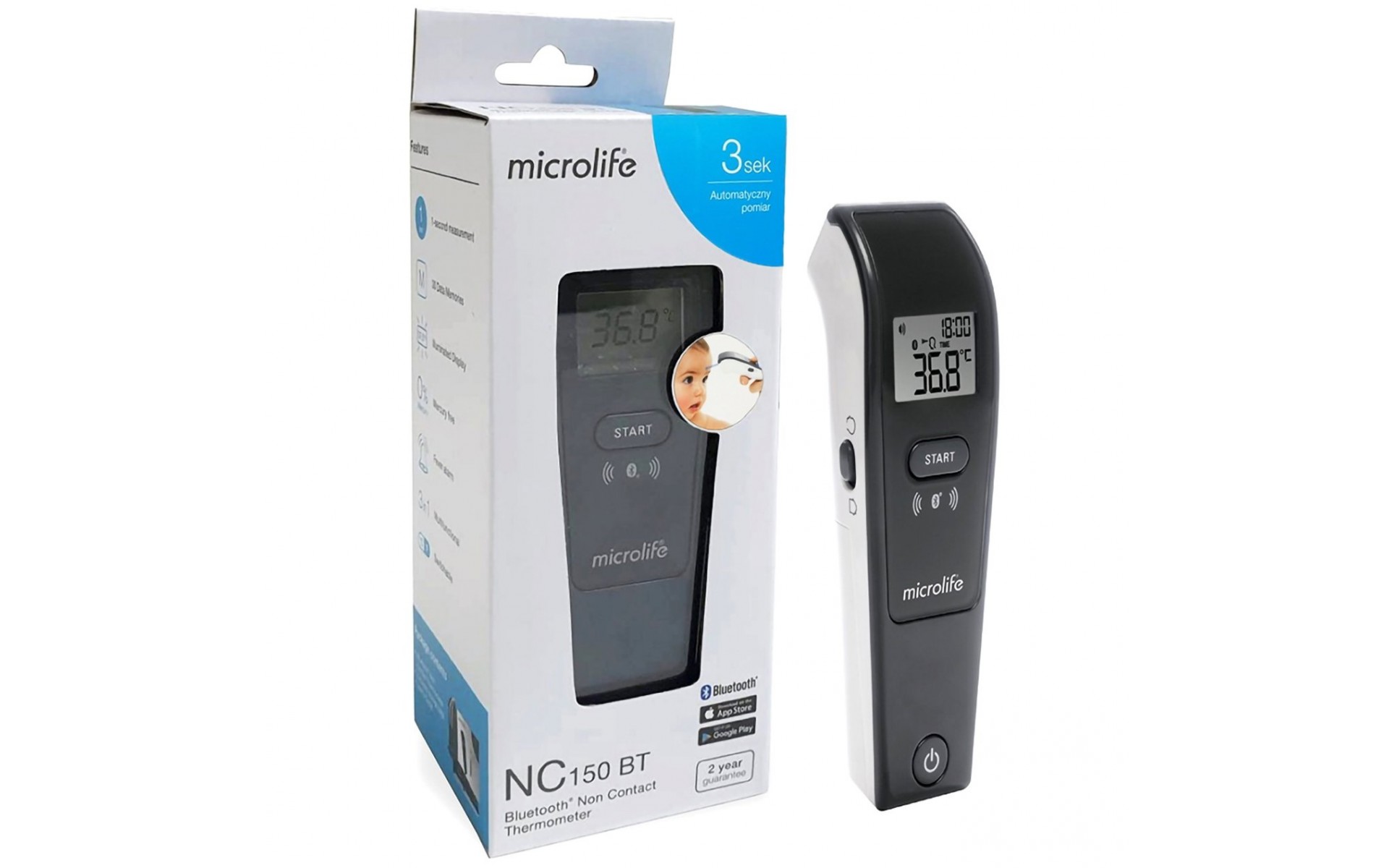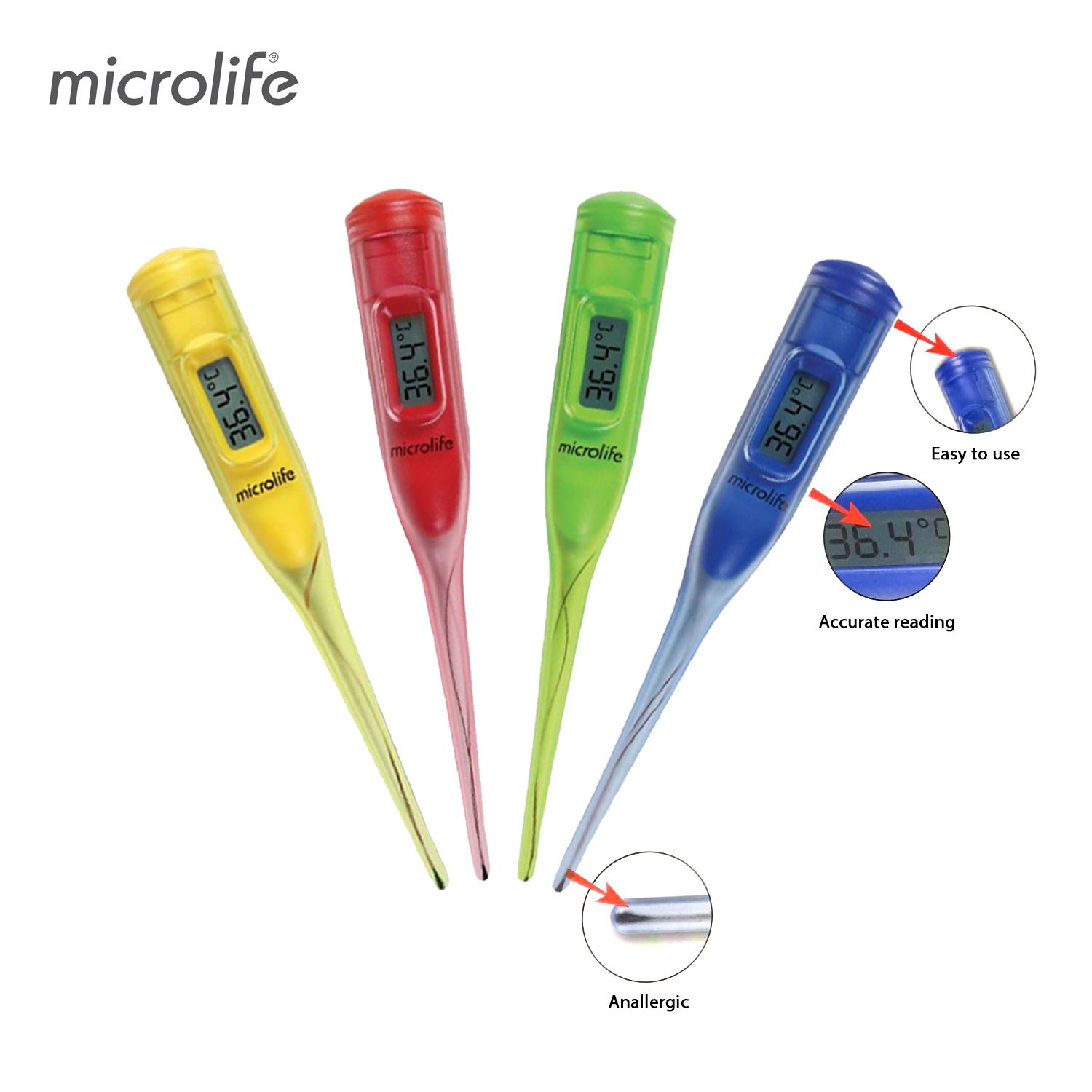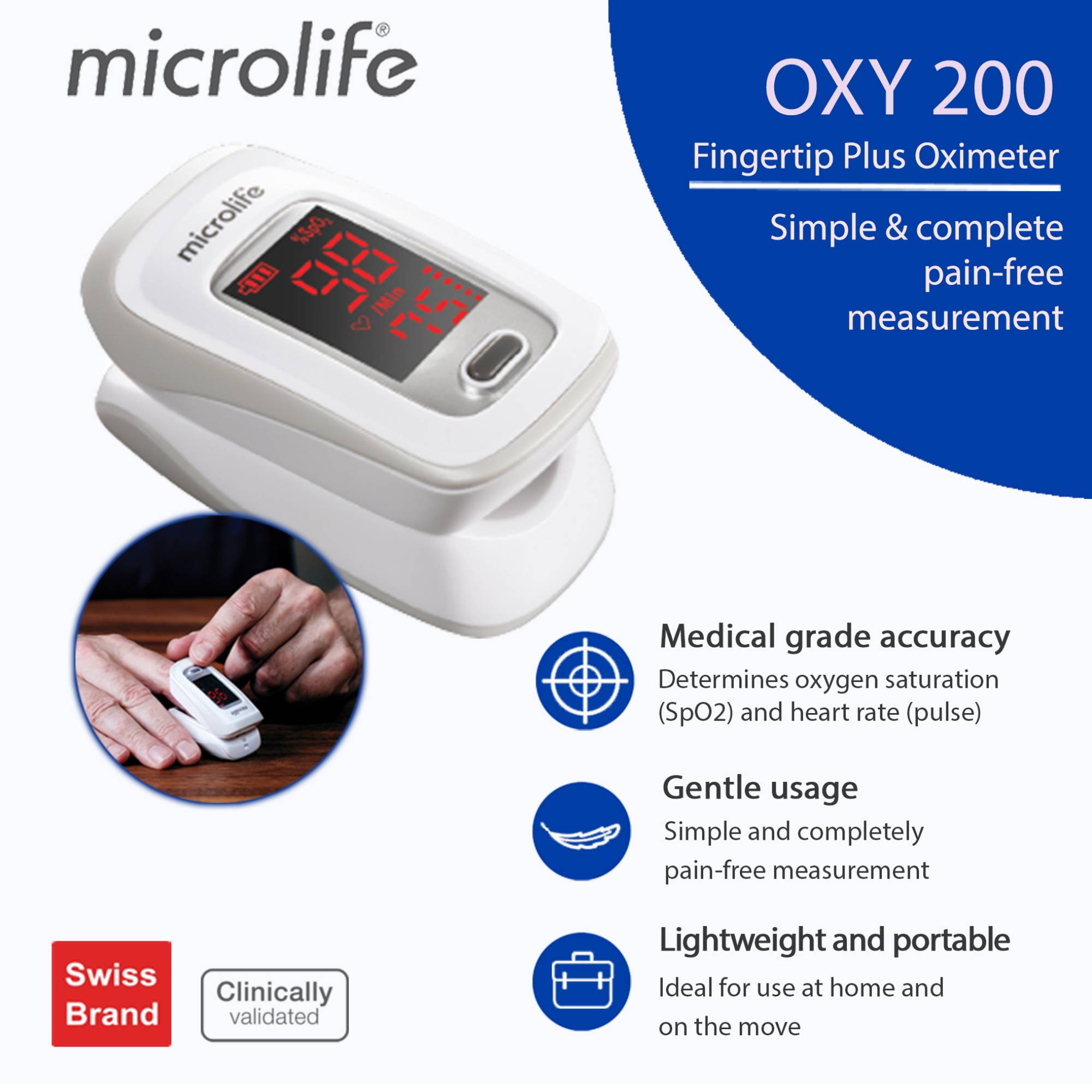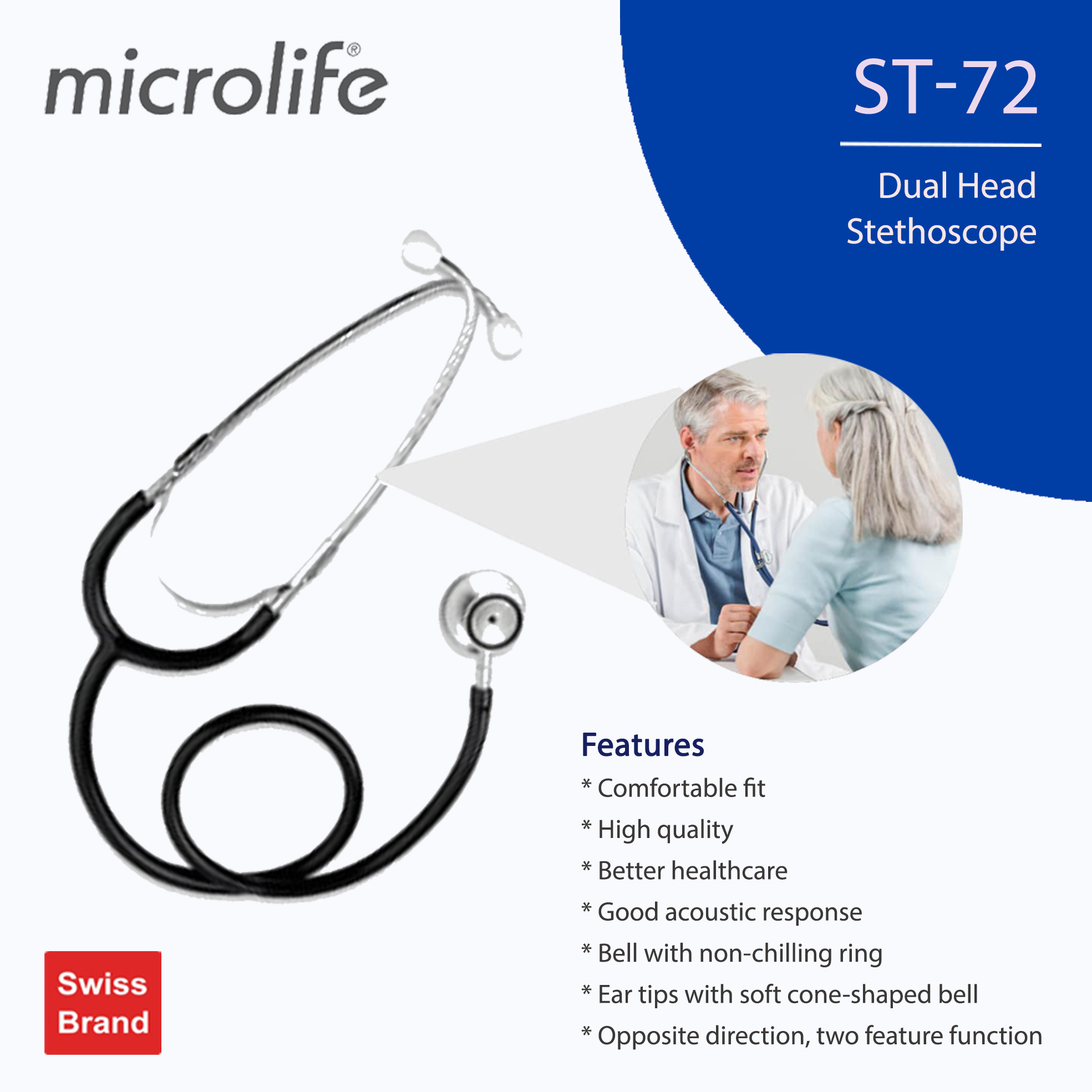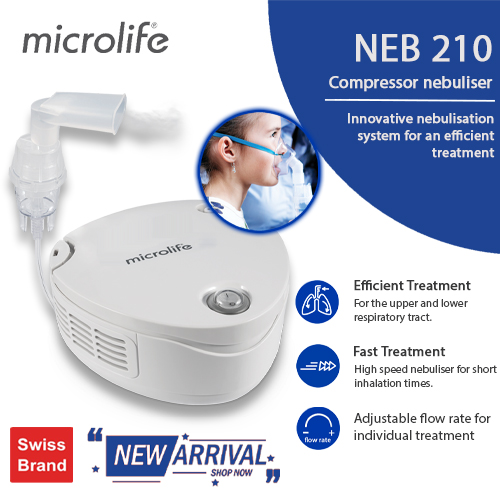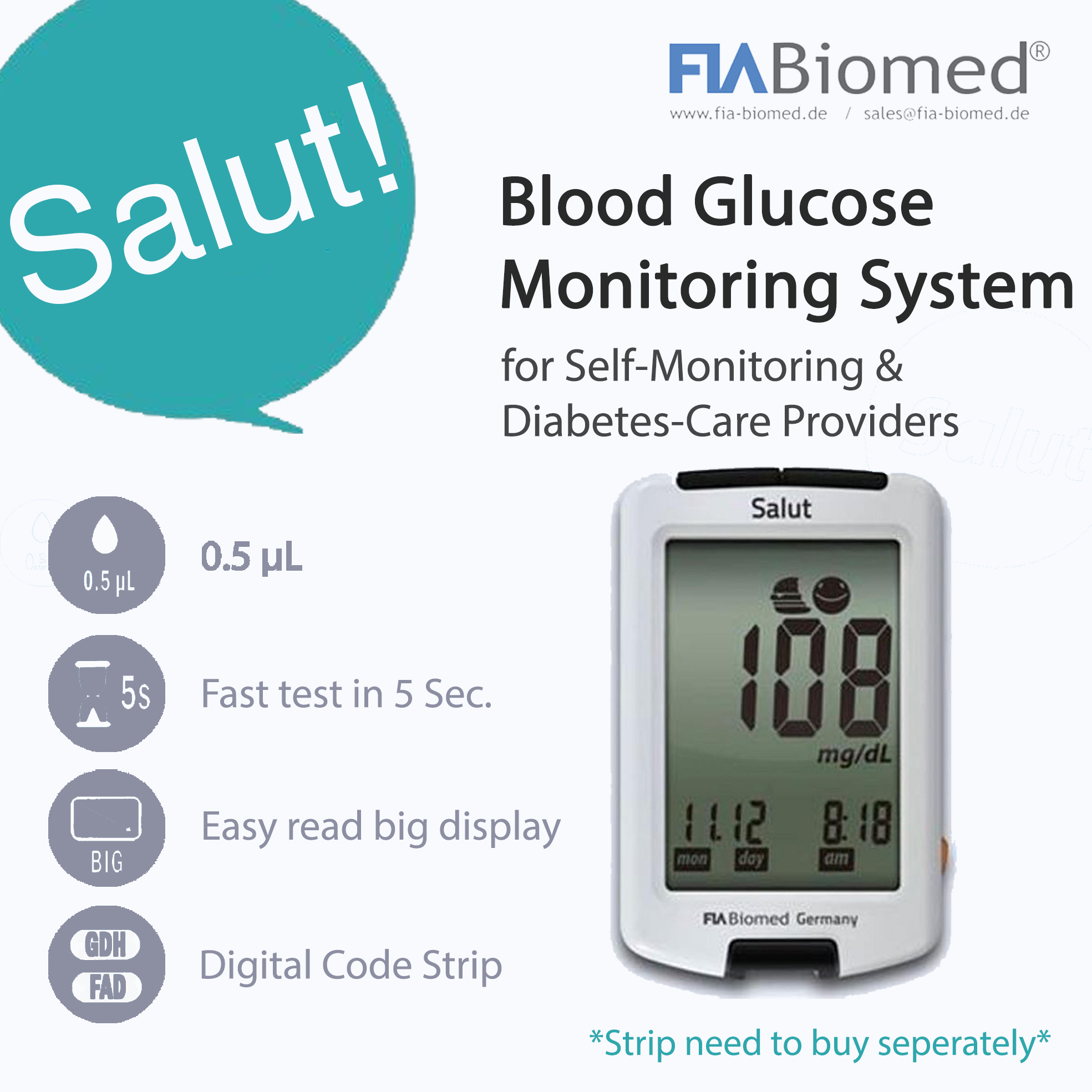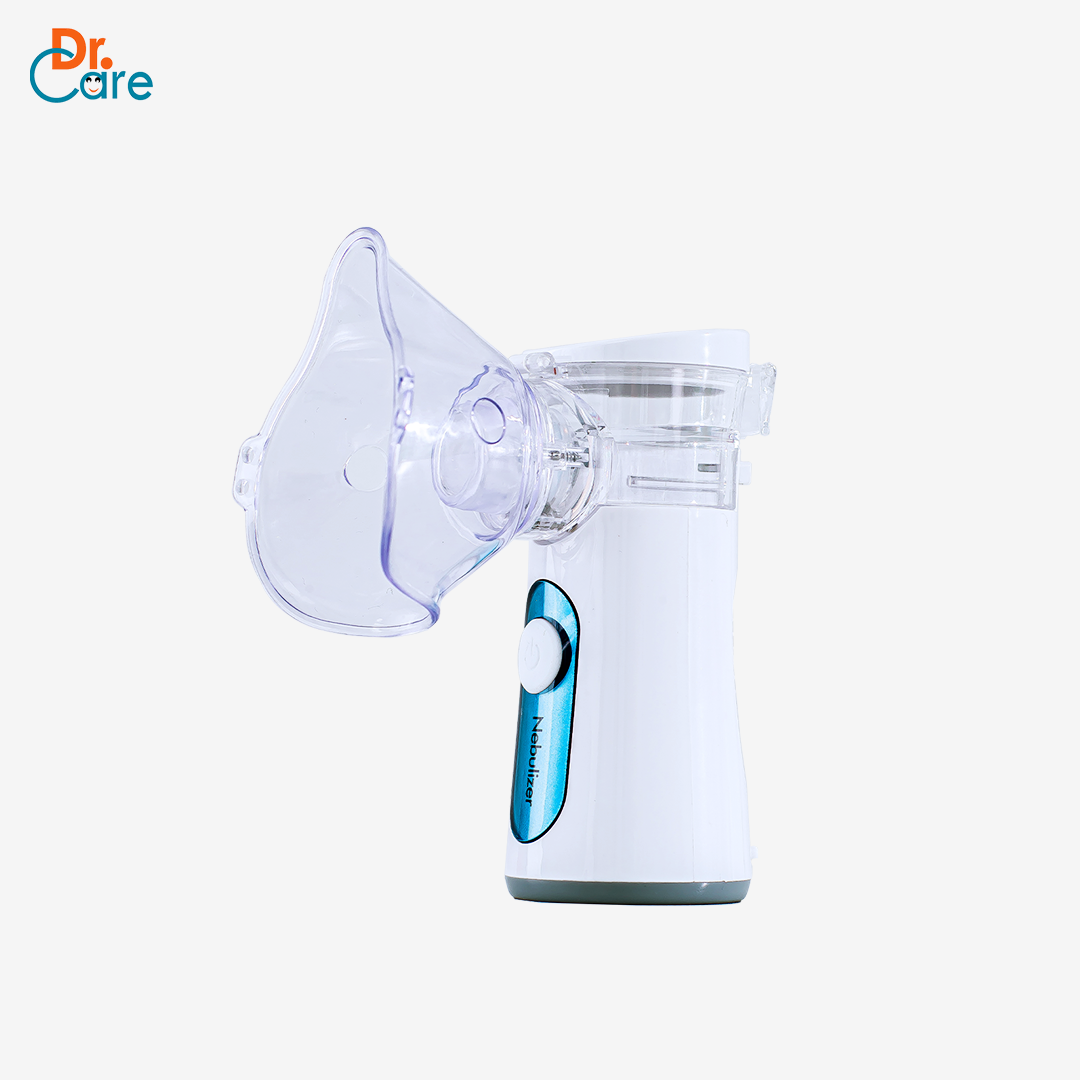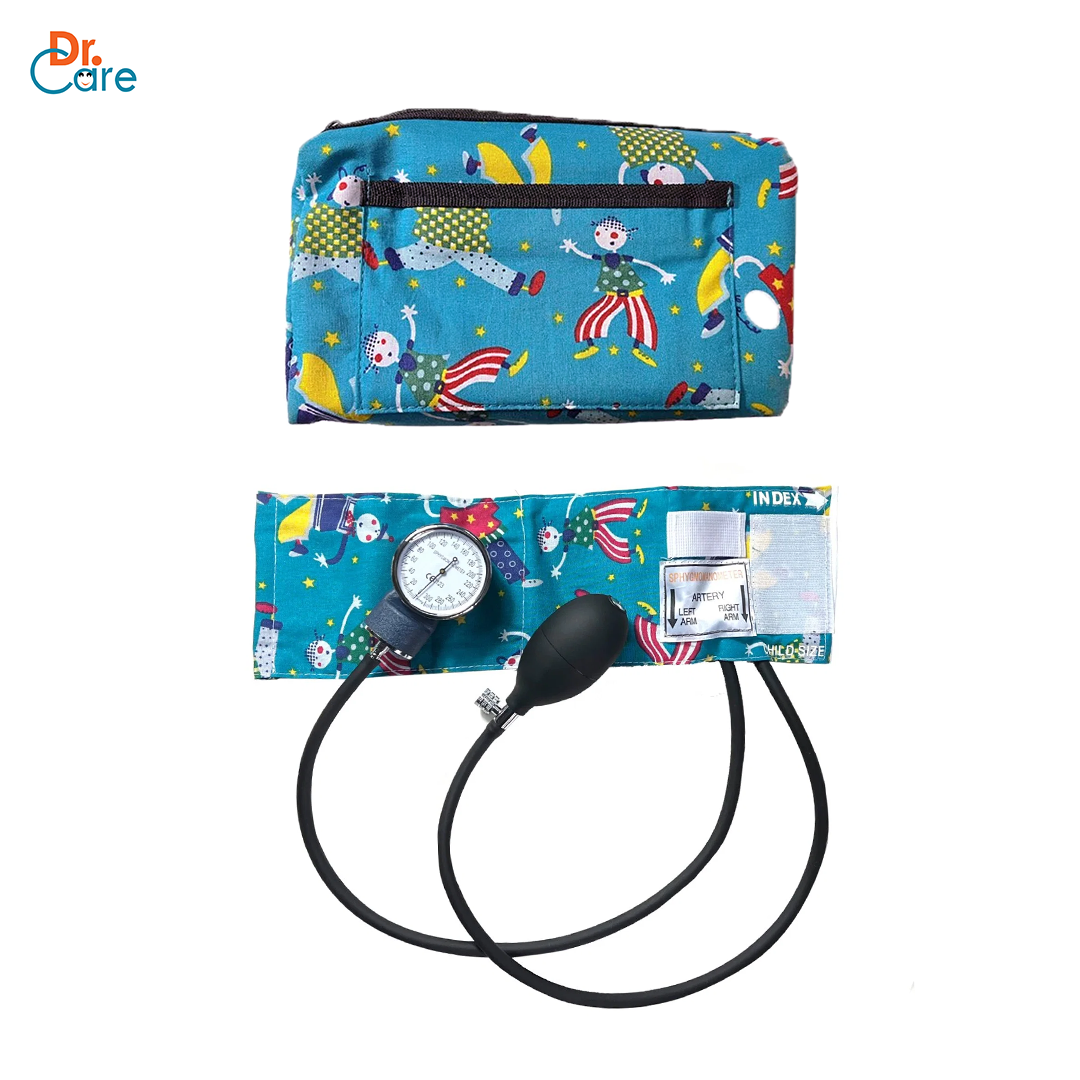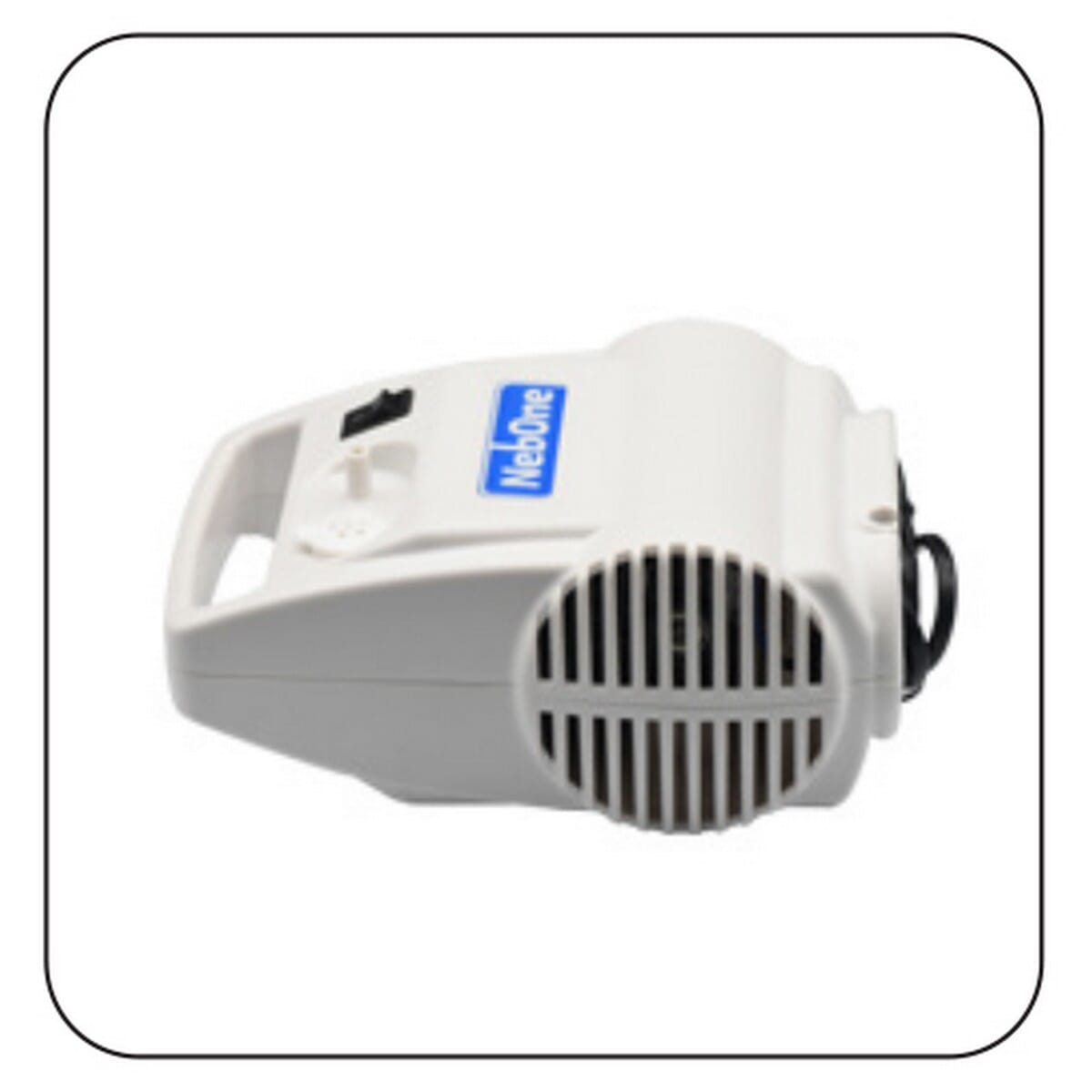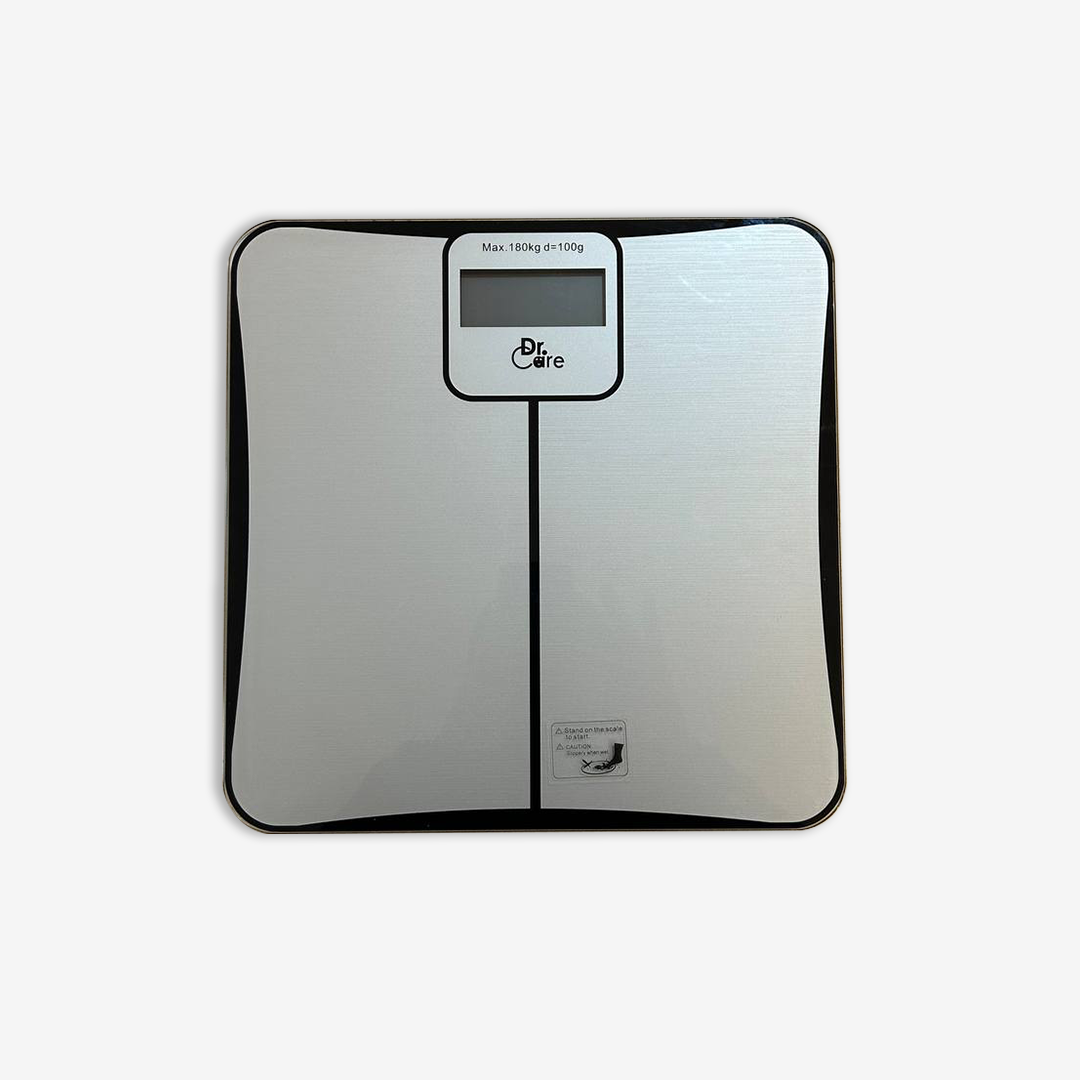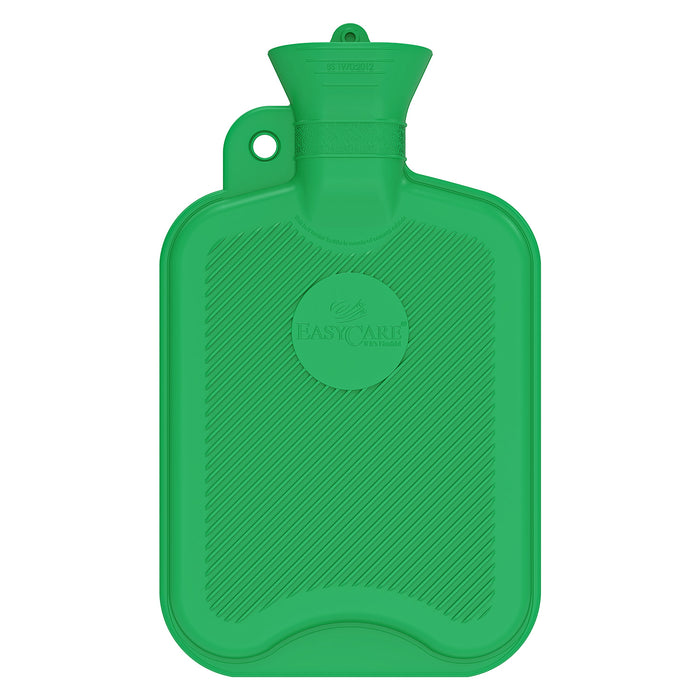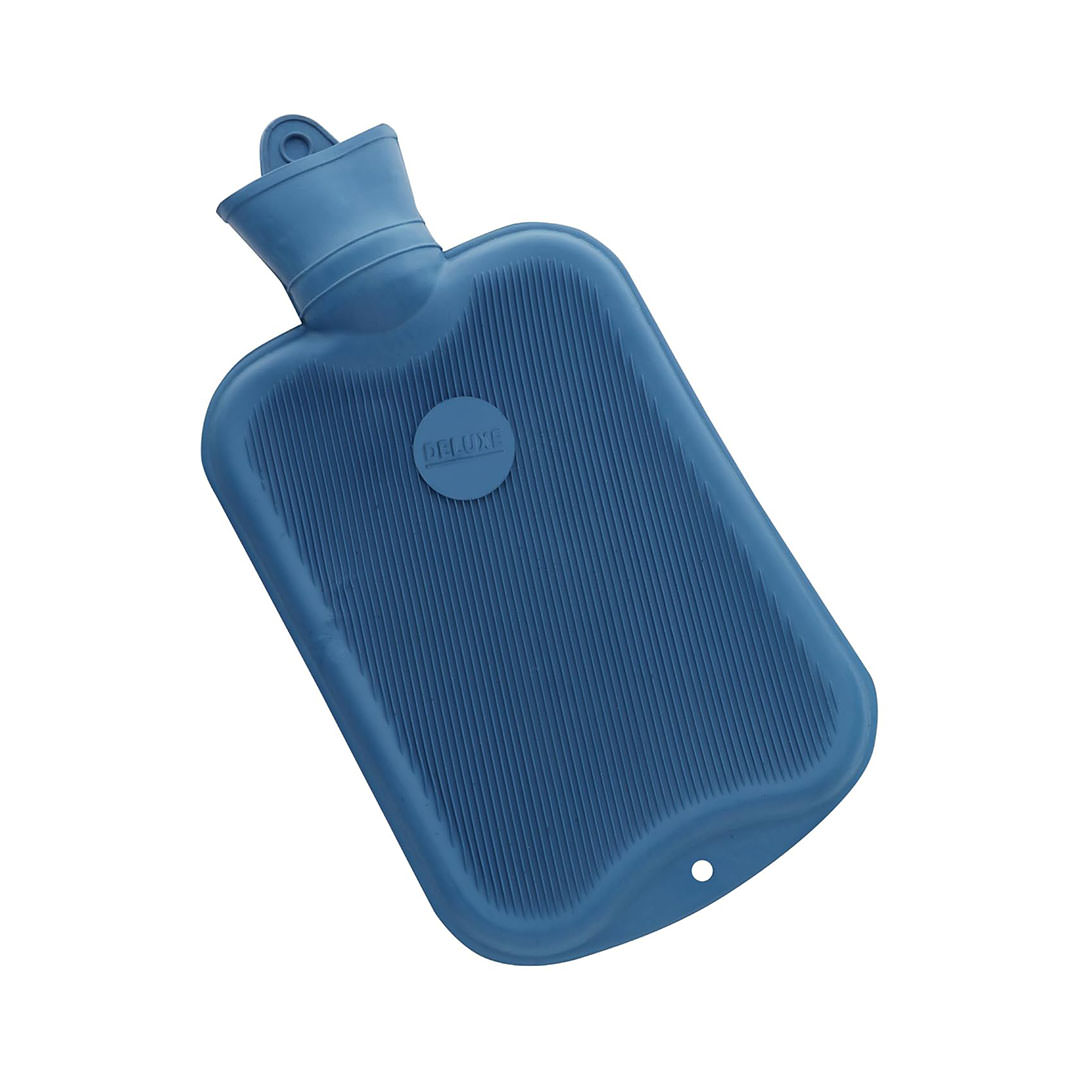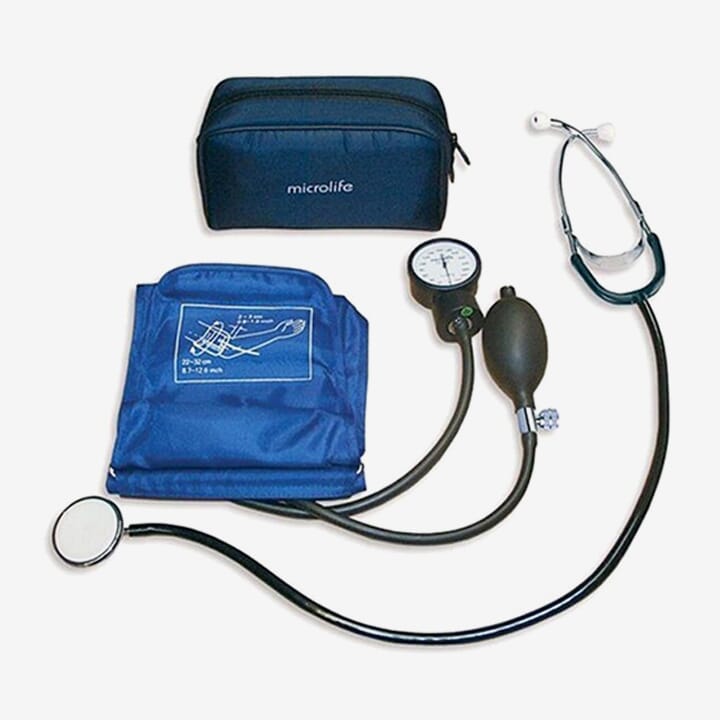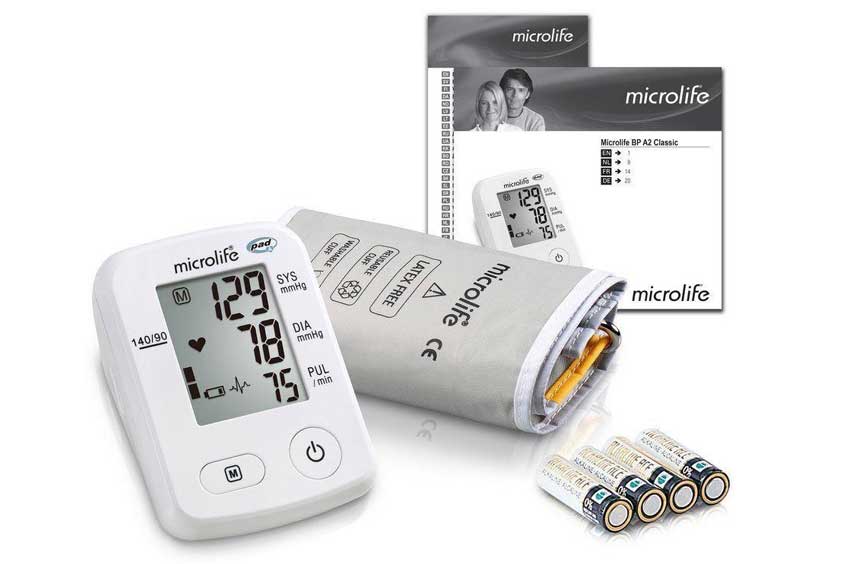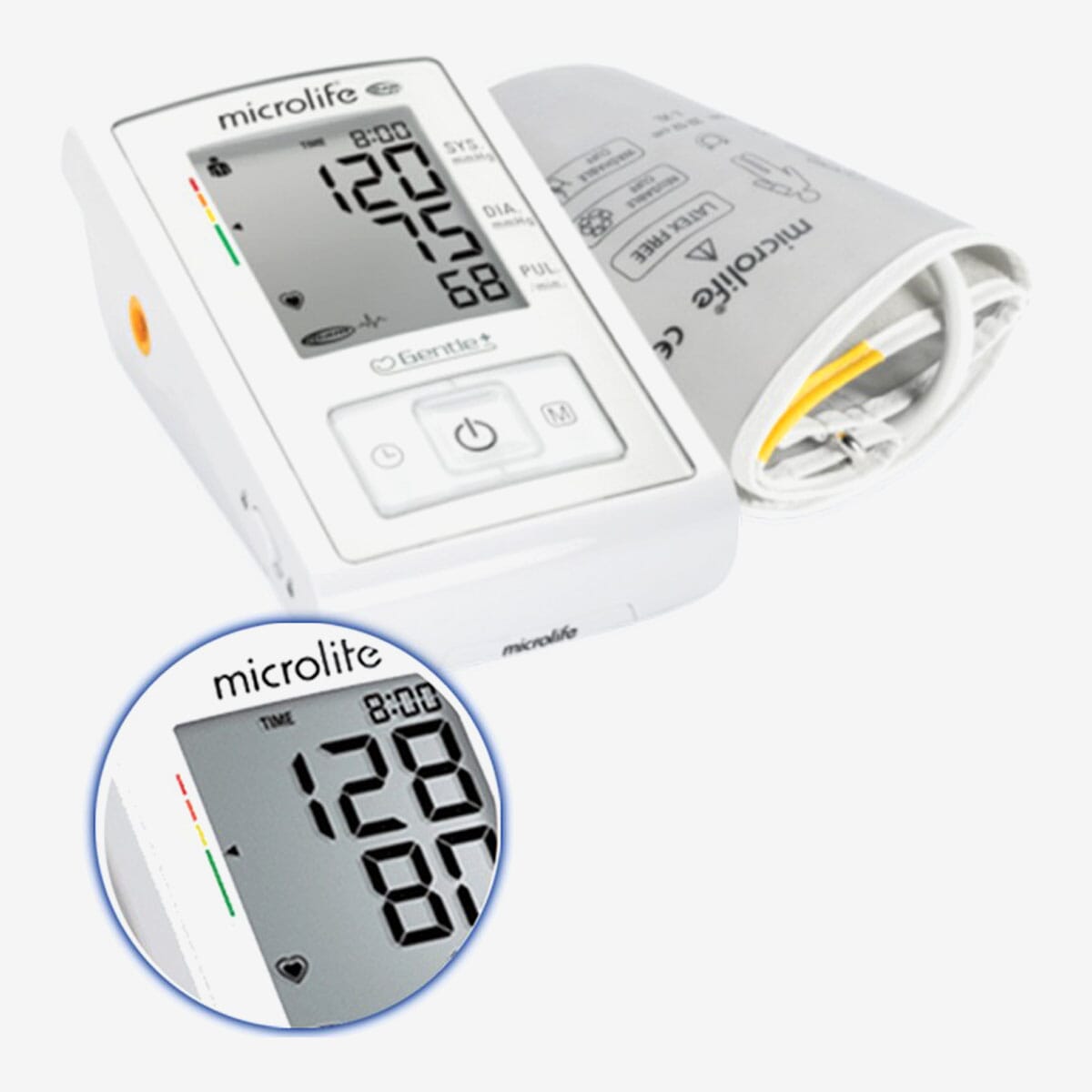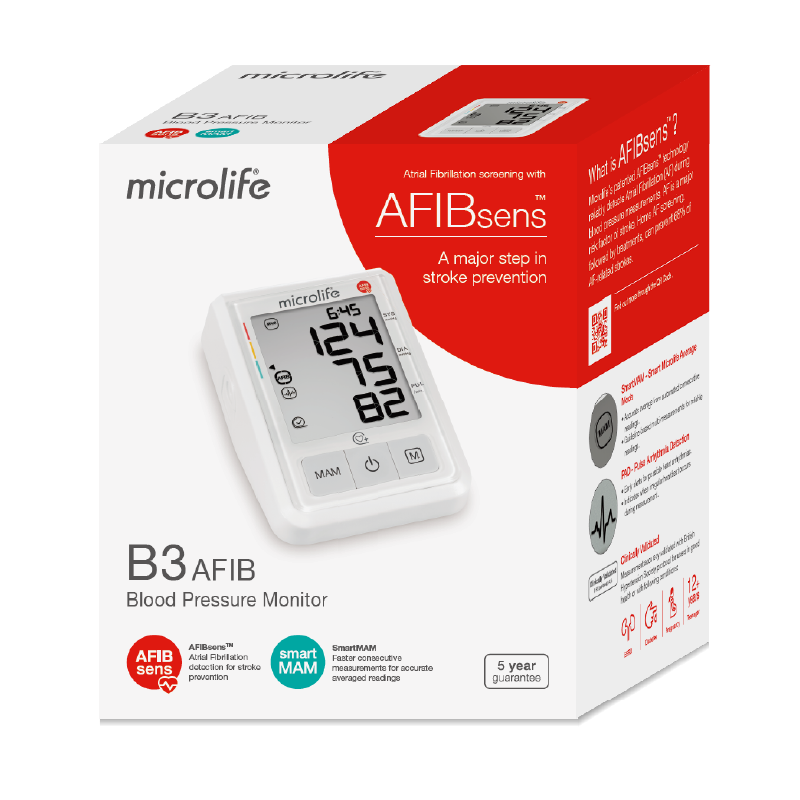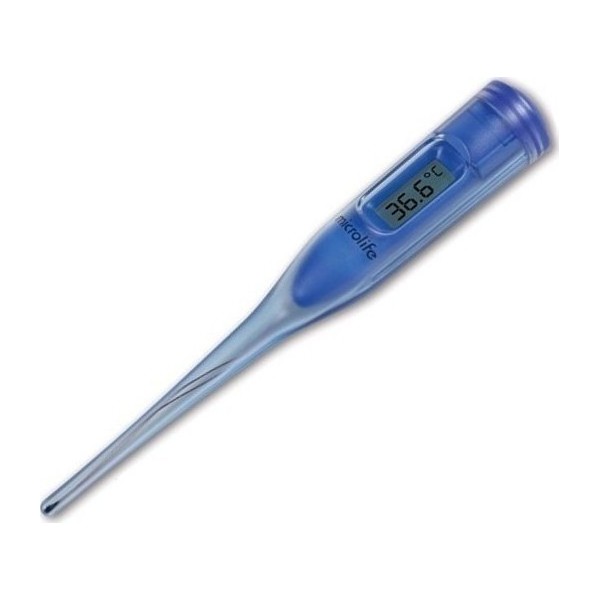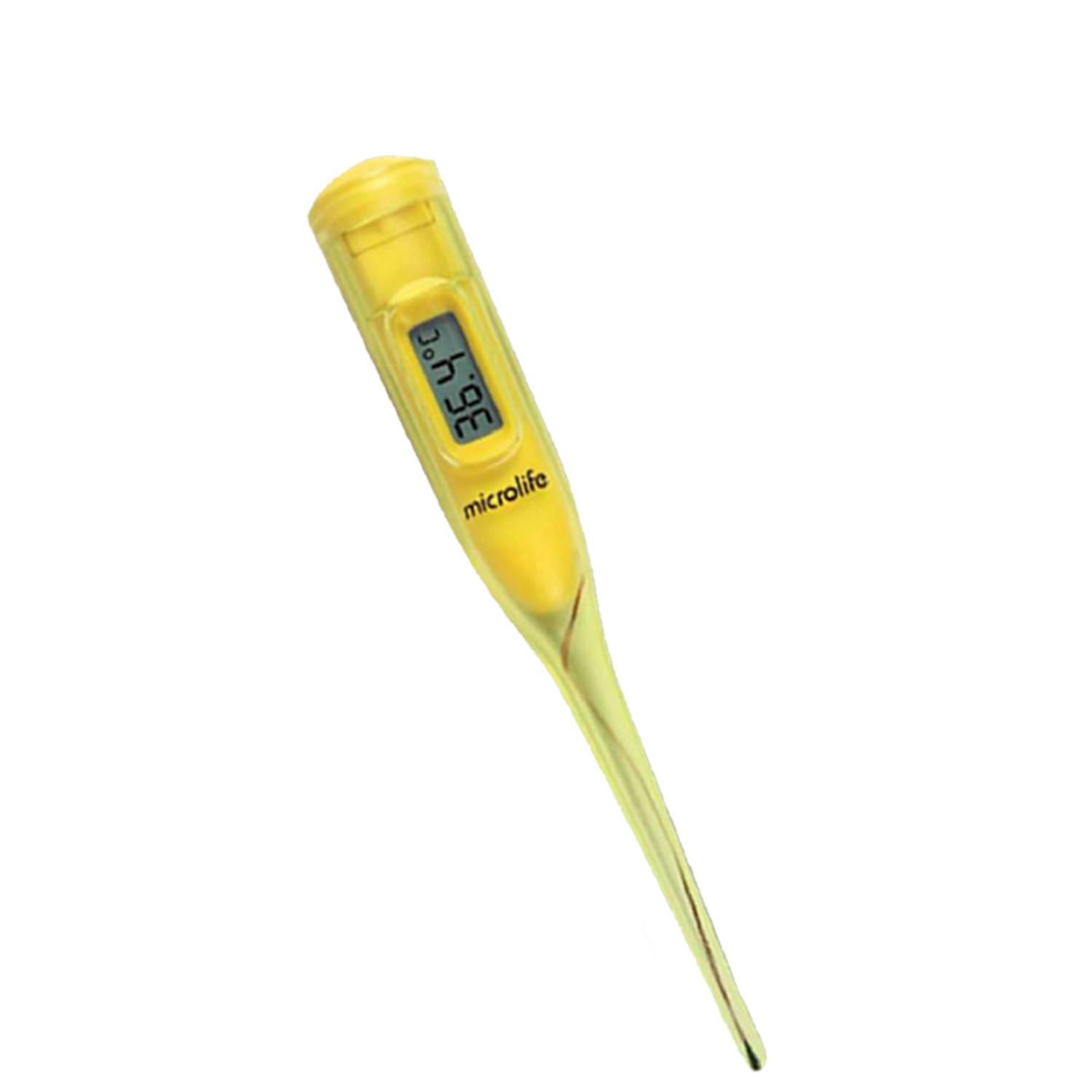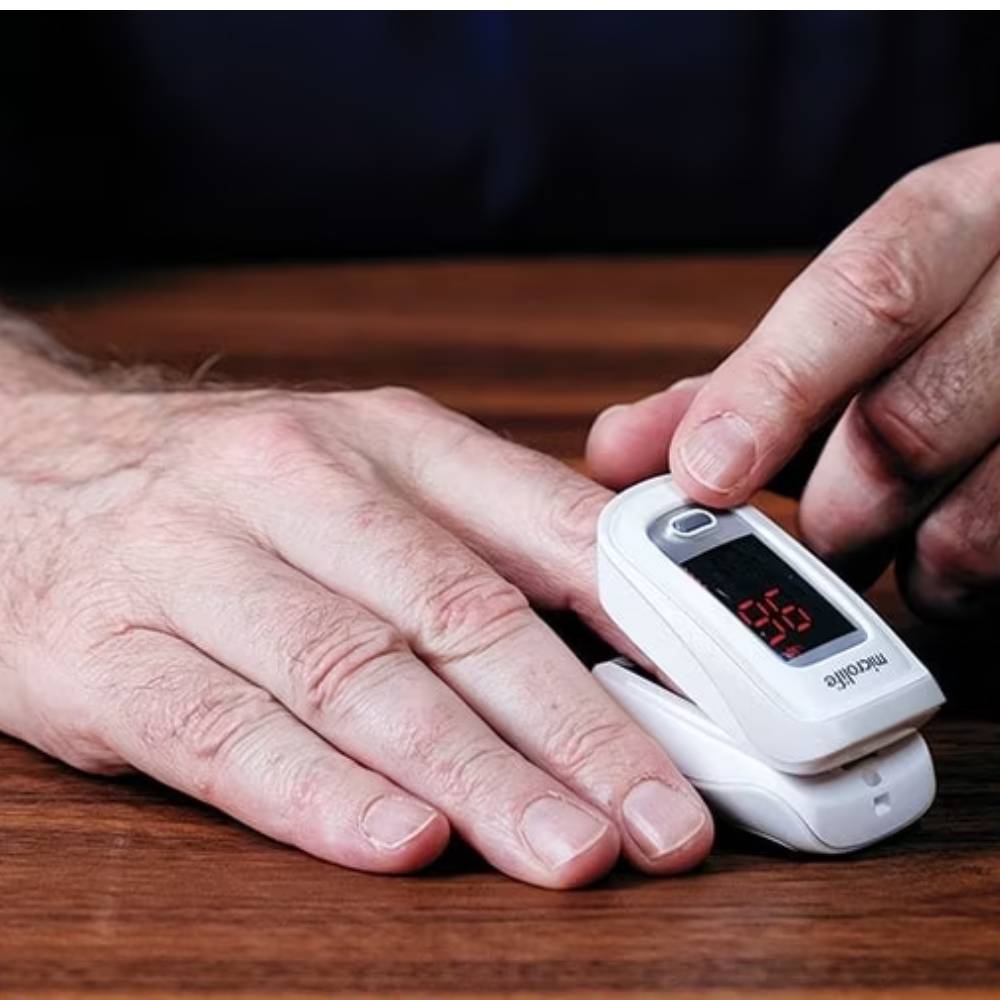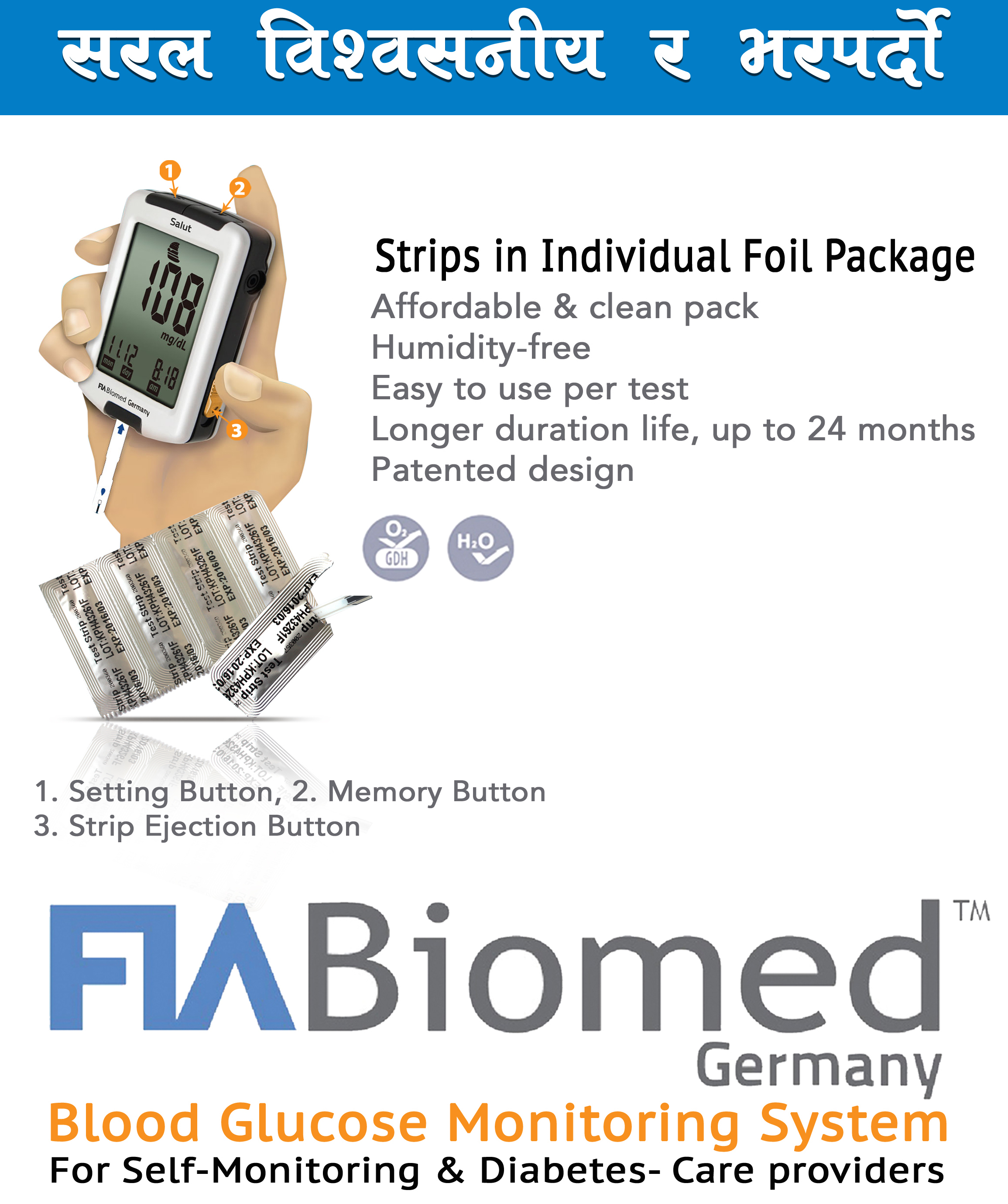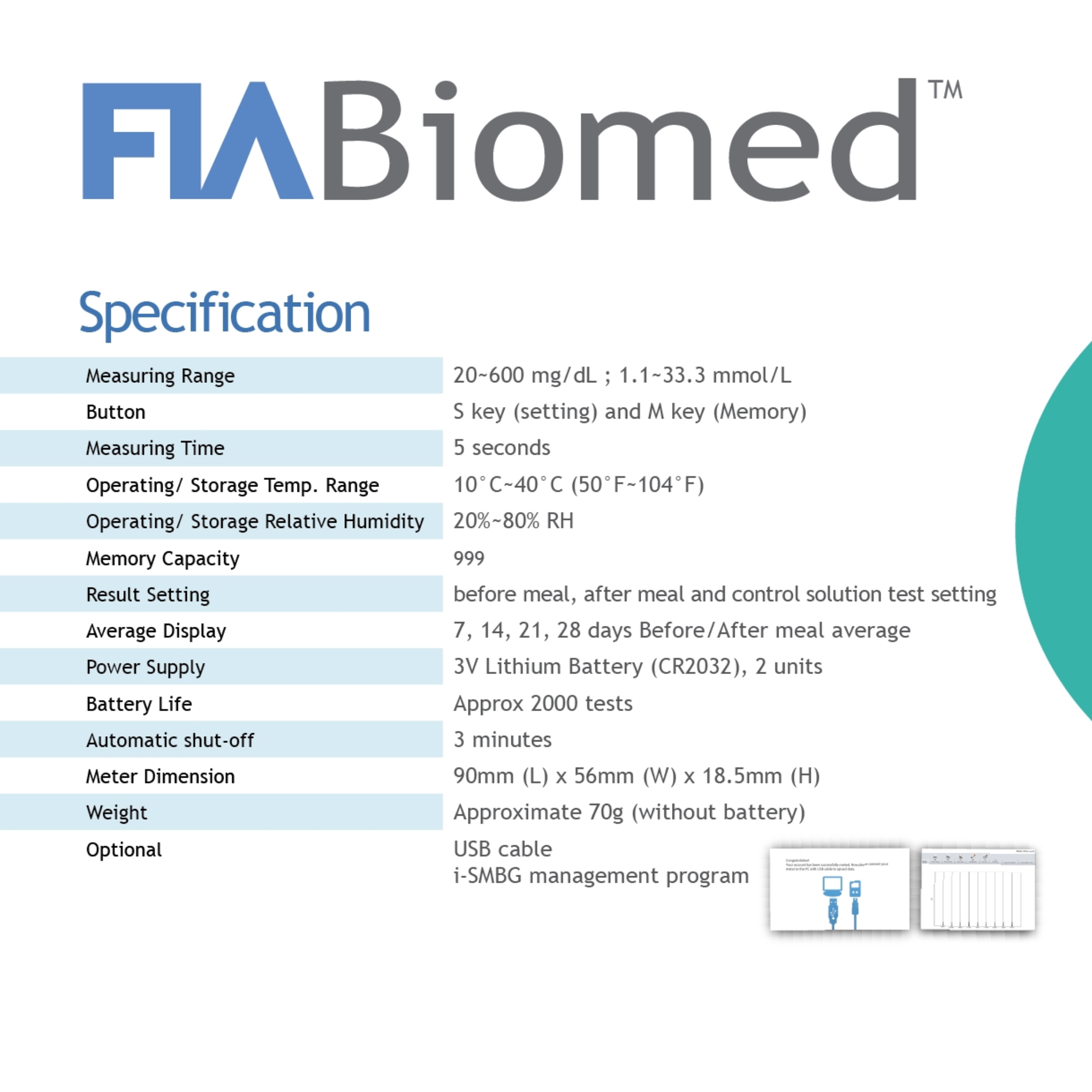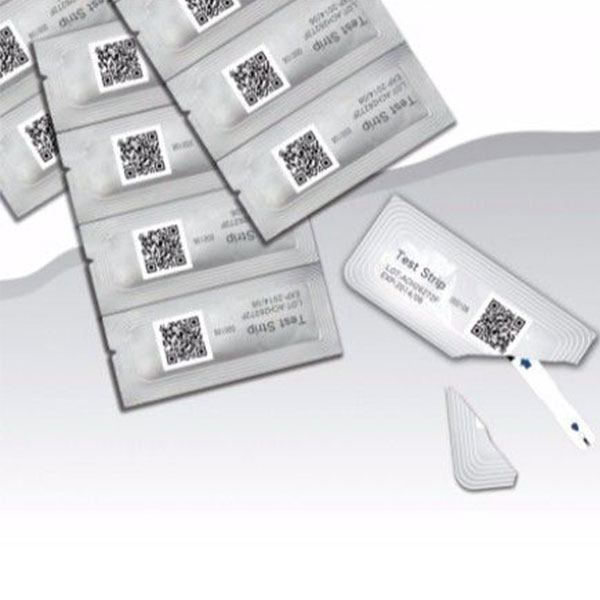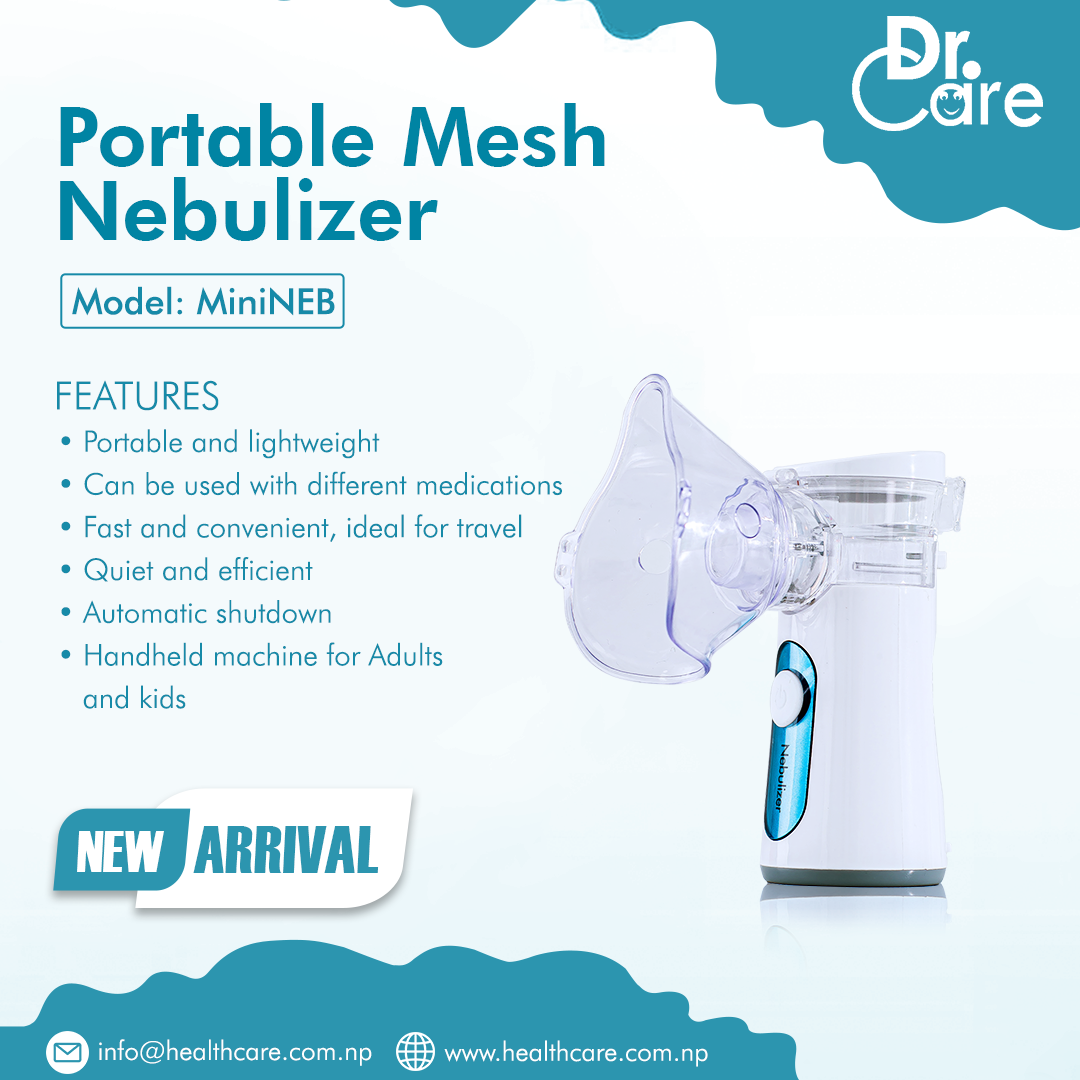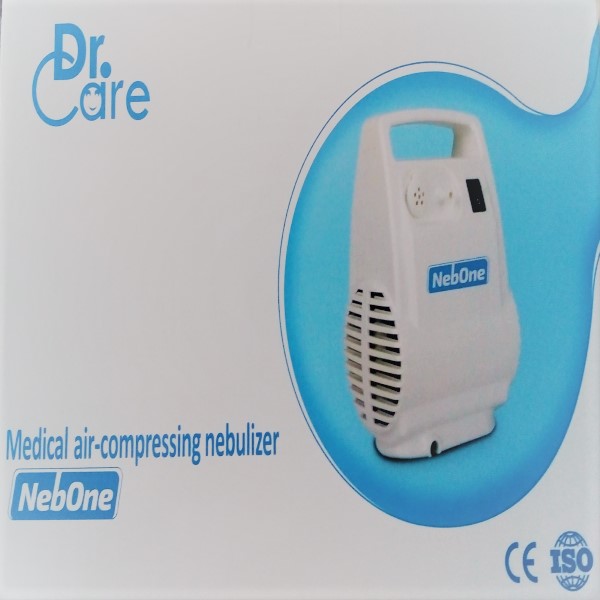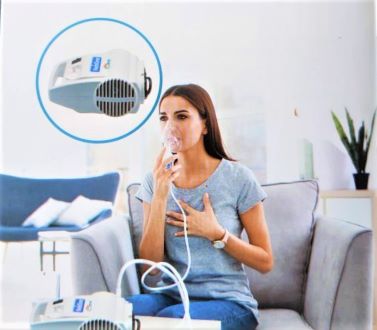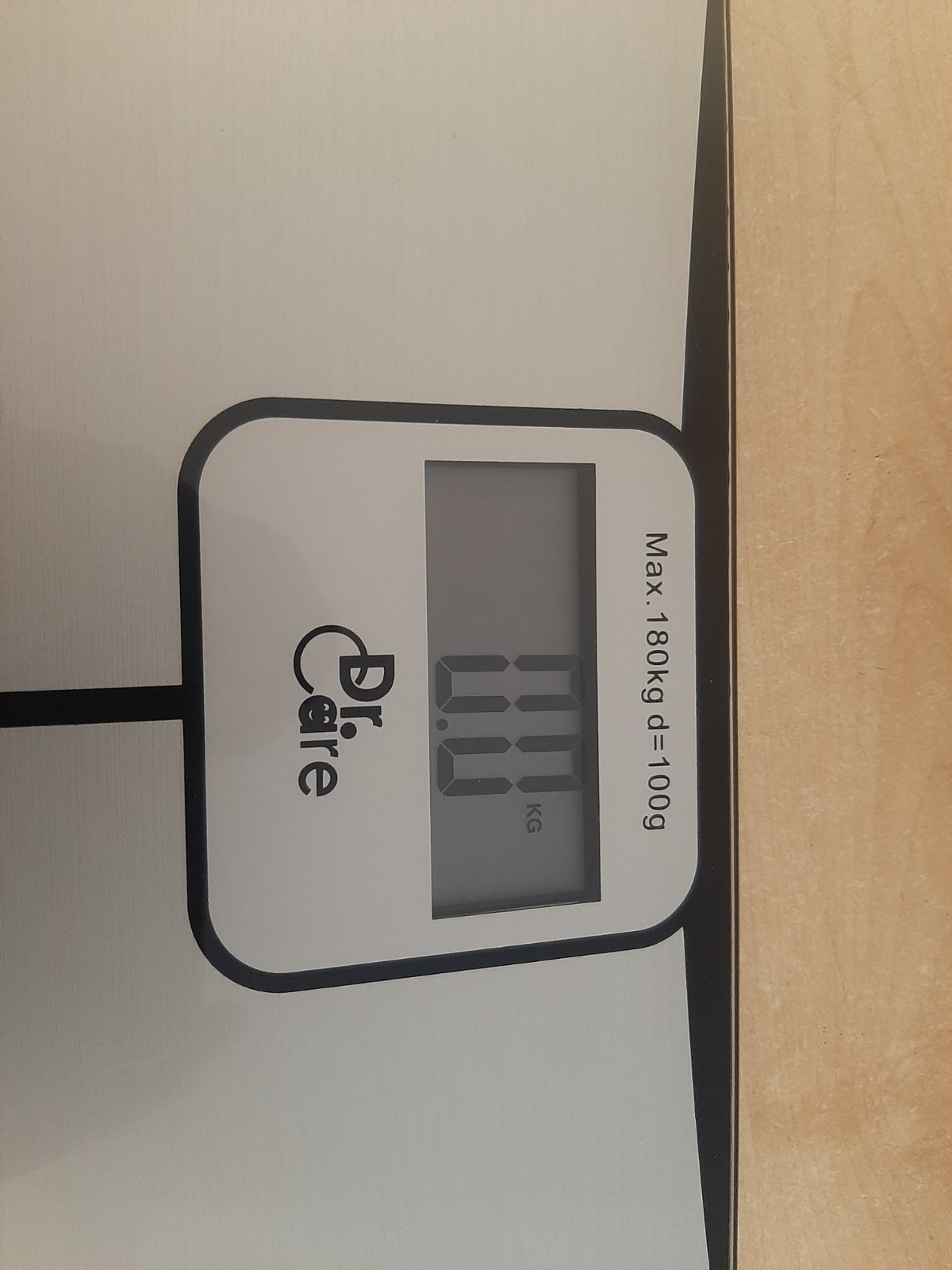Understanding Your Medical Equipment: A Guide for Home Use
Managing medical conditions at home has become more common, and with it, the need to understand how to use and care for personal medical equipment. Whether it’s a simple glucose meter or a more complex nebulizer, knowing your device is crucial for effective health management. This guide will help you navigate the basics of home medical equipment, ensuring you use it safely and correctly.
First, always read the user manual. This may seem obvious, but the manual is your most important resource. It contains specific instructions on setup, operation, and maintenance. Pay close attention to sections on cleaning and calibration, as these are often overlooked. For example, a blood pressure monitor needs to be the right size for your arm to give an accurate reading. Similarly, a nebulizer’s components need to be cleaned after each use to prevent bacterial growth.
Second, understand the purpose of your equipment. Each device has a specific function. A glucometer measures blood sugar levels, helping you manage diabetes. A pulse oximeter measures the oxygen saturation of your blood, which is vital for those with respiratory issues like COPD. A TENS unit (Transcutaneous Electrical Nerve Stimulation) uses low-voltage electrical currents to relieve pain, often used in physiotherapy. Knowing what the device is supposed to do helps you interpret the results and know when something isn’t working as it should.
Third, maintain and store your equipment properly. Proper maintenance extends the life of your device and ensures its accuracy. This includes regularly checking batteries, replacing disposable parts like lancets or nebulizer masks, and cleaning surfaces. Most equipment should be stored in a clean, dry place away from direct sunlight and extreme temperatures. For instance, insulin pens need to be refrigerated, while test strips for glucometers must be stored at room temperature in their original container to prevent spoilage.
Finally, know when to seek professional help. Home use of medical equipment is a partnership with your healthcare provider. Do not adjust your medication or treatment plan based solely on a single reading. If you get an unusual result, first re-check the reading, and if it remains a concern, consult your doctor. Be proactive about discussing your readings and any challenges you face using the equipment. This approach ensures that you are not only monitoring your health but are also part of a comprehensive care plan.
By taking the time to understand your medical equipment, you can take control of your health with confidence and improve your overall well-being.
Author: Ms Sujita Manandhar
Related products
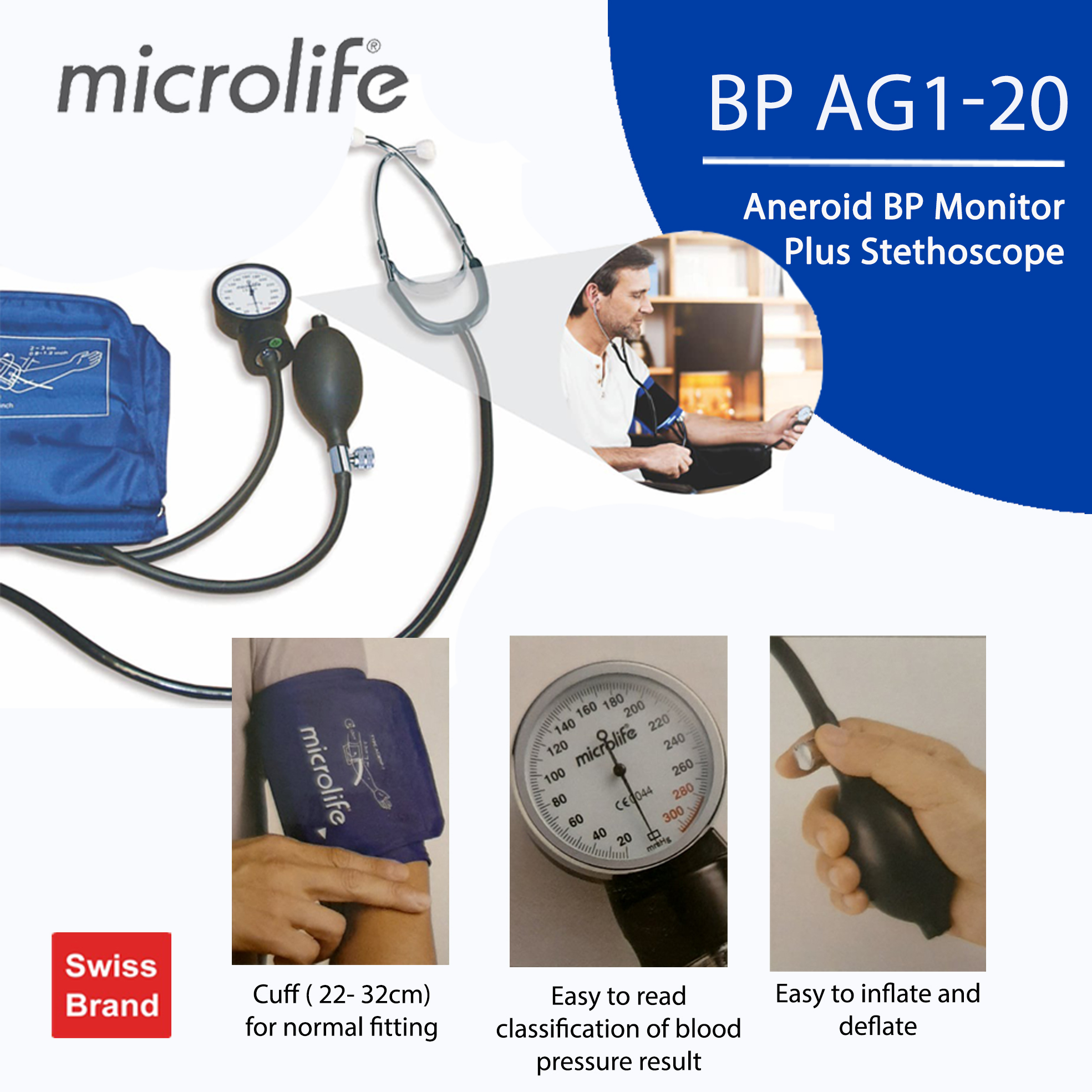
Microlife Bp Machine Aneroid Blood Pressure Monitor + Stethoscope Bpagi-20
NPR 2700|10%off
NPR 3000 Save NPR 300
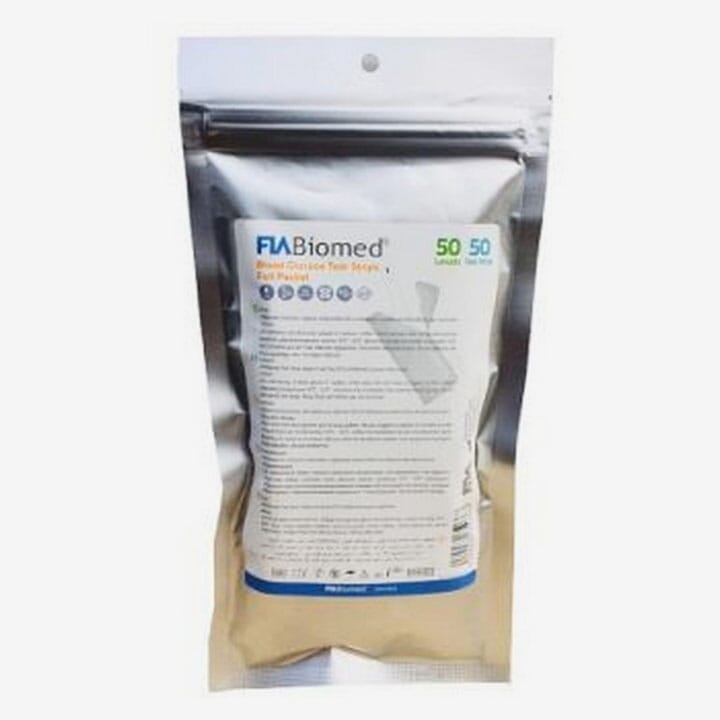
Fia Biomed Glucometer Strip With Lancet (50 Strips+50 Lancets)
NPR 2250|10%off
NPR 2500 Save NPR 250



 0
0
